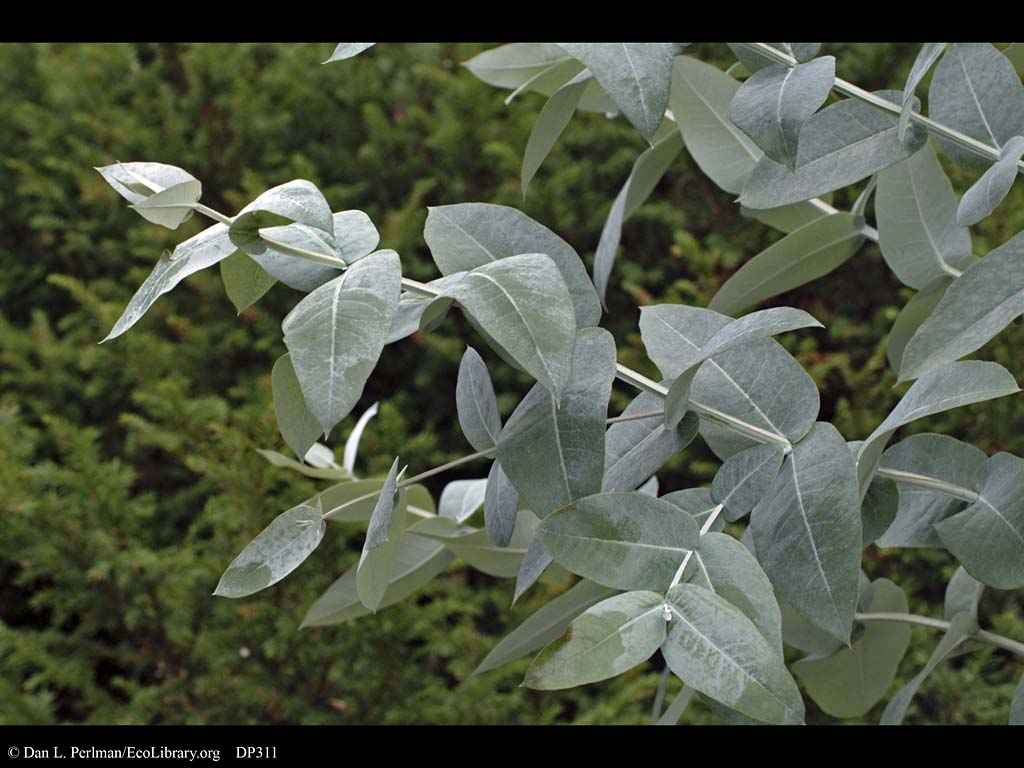We arrived at our location at approx 10am. It was clear that the vegetation was very different to what we were used to. We commenced on our journey. The location had both Blue Gums and Stringy Bark. The trees do not look like each other at all.
 |
| Blue Gum tree leaves |
 |
| Blue Gum Trees |
The Blue Gum is an evergreen tree one of the most cultivated trees in Australia. They typically grow 30-55 metres tall. The tallest is currently in Tasmania at 90.7 metres. The natural distribution of the species includes Tasmania and Southern Victoria. The bark sheds often, peeling in large strips. The fruit is woody, and numerous small seeds are shed through valves, which open on top of the fruit. It produces roots throughout the soil profile rooting several deep roots in certain soils. They do not form taproots. The tree grows rapidly and adapts to a range of conditions. It is especially suited to mediterranean climates but also grow well at high altitude and in the tropics.
 |
| Stringy Bark tree trunk |
 |
| Large Stringy Bark Tree |
The Stringy Bark Gum tree has rough bark which is fibrous and persists on the tree throughout its life. The bark was used as a substitute for twine by the early settlers. Stringy bark gums are cultivated widely throughout temperate regions of the world as shade trees or in forest plantations The leaves are leathery and hang obliquely or vertically.The fruit is surrounded by a woody, cup-shaped receptacle and contains minute seeds. The stringy bark tree can grow in the poorest of soils.
As we commenced spotting the Koala's it became evident very quickly to me that spotting them was going to be a difficult task given the height of these trees. I had binoculars and even they didn't assist me as the koala's were very difficult to locate. As I looked up the tall trees all I saw were leaves and branches no koala's. Many times when others on the team located koala's I would try to locate the koala that had been found and the koala looked like a bunch of leaves very high up in the tree. It was very frustrating for me I did however, manage to spot 1 koala for the whole day.
The vegetation was very thick in parts and I was literally making my own path. The vegetation consisted of bracken which was very high. Bracken is a true fern it does not produce flowers bur instead produces spores. The spores are minute. Bracken has a very extensive root system which enables to fern to compete effectively with pasture species for moisture and nutrients.
 |
| Bracken |
After a bite to eat we set off again and this time we needed to cross the gully and go up the other side and commence spotting again. This is where at first all was going well then the wheels started to fall off. We were using a GPS which marked where we had parked the car as we needed to track back to the car whilst spotting for koala's. There was a lot of cloud around this day at at times the GPS would have no signal so we continued in what we thought was the right direction. By about 3pm in the afternoon we became concerned that we were not travelling in the right direction we knew that something was amiss when we stopped spotting for koala's. We walked up gullies, down gullies in some of the steepest terrain that I have ever walked in. At times I was not able to stand up and in fact I was walking on my hands and knees which was posing another problem, leeches. My could they smell us coming, if we stayed still too long in one place they would find us. Some of the team found that the leeches were attachig themselves to plastic coats and pants we were 'fresh meat'.
 |
| Leech |
Once we arrived back to camp it was dark so no koala tracking was done. I was taking my shoes and socks off and you guessed it I had bought back with me a leech it was was attached to my sock. Then to my horror I found another one a little later in my bedroom, now that was scary. I would like to thank my team member for disposing of both of them. Once we were cleaned up we sat down and had dinner. That was the best dinner I think given the day that we had just had. Alistair kindly told us that we had strayed and that we had walked approx. 3 kms. No way, there was definitely something very wrong with the GPS this day as we all concluded that we walked at least 10kms and the terrain was very challenging. Even after a shower by body ached. I was really looking forward to a good nights sleep.
Our time together was coming to an end with only one more day to go.

Can you specify which species of 'blue gum', 'stringy bark' and 'manna gum'?
ReplyDeleteYes I can the Manna Gum is the Eucalyptus Viminalis and the Victorian Blue Gum is the Eucalyptus Bicostata
ReplyDelete